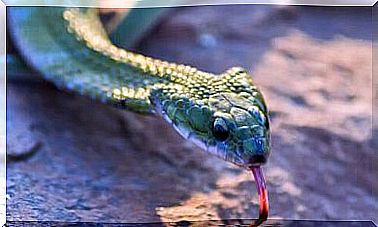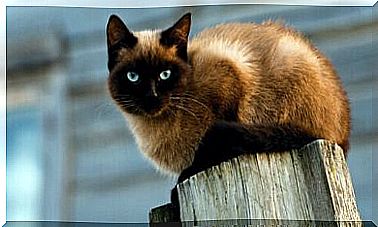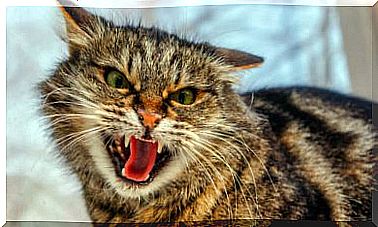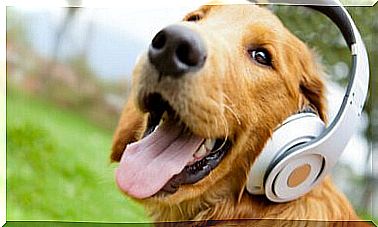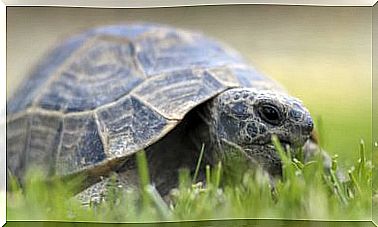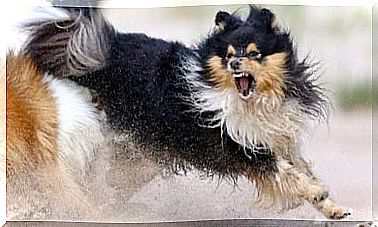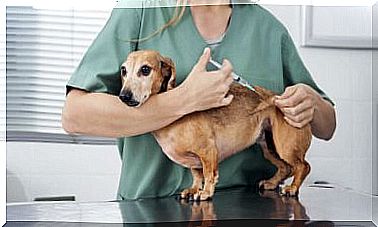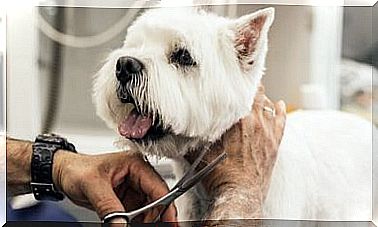Do You Know What “Dogdancing” Is?
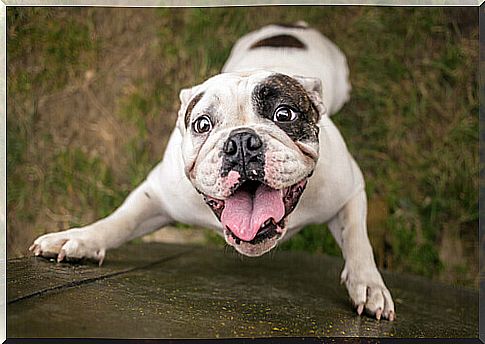
It may seem that canine sports are activities dedicated exclusively to dogs, but the truth is that they require a lot of effort on the part of pet owners. It is not enough just to train the animal to carry out the sport. Often the dog’s owner must also participate. This is the case with Dogdancing.
The so-called Dogdancing is one of the most fun sports we can practice with our furry friend. It consists of a musical choreography that demonstrates not only our and our dog’s physical and creative abilities, but also the complicity between them. Here, coordination and concentration, the result of a lot of training, are the key to a good performance in this animal dance.
Although this sport is the result of a lot of effort at home with constant training, its main objective is fun for both the animal and its owner.
The Origins of Dogdancing
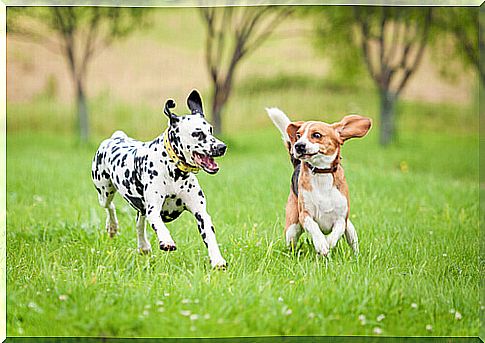
This canine sport originated in the USA, in 1989, as a way to introduce more creative elements in the category of “obedience” exercises. Nowadays, there are “dogdancing” competitions at national and international level.
Dogdancing, as it is currently known, was born in 2009, in Germany. Although it does not have the same prestige as other sports for dogs, it has gained many followers in recent years. It is a relatively recent activity and, therefore, its rules are constantly being modified. However, there are no standardized movements during presentations, which helps to stimulate participants’ creativity.
Among the competitions of this type in Germany is the success of “dogdancer” Yvo Antoni, during the competition “Das Supertalent”, in 2009. In this TV show, the public chooses their favorite candidate from among thousands of applicants who perform weekly. Among many aspirants, the harmonic choreography and extraordinary juggling of Yvo and his dog Primadonna enchanted the German audience.
Dogdancing moves and steps
Although there are no movements that can be considered mandatory in this modality, everything will depend on who organizes the sporting event. In some cases, certain specific moves must be completed by candidates to qualify in the early stages of the competition or exhibition.
Therefore, it is very important to consult the rules of each competition before registering your dog.
One of these movements is Heeling: the dog walks with its owner, on its hind legs, turning and changing speed. These moves require hours of training and patience, having fun as the main objective. Concentration and complicity are the determining factors for good exercise. Other qualities that help in this sport are agility, obedience and discipline.
The first steps of Dogdancing
Everyone can start playing this sport. It is not necessary to be a great dancer, nor for the dog to have an exemplary physical preparation. With a little patience and a lot of positive reinforcement, we’ll get incredible results. Discipline is also essential, after all, our mascot should follow basic orders with ease.
Testing different musical genres can help with this training process. That way we’ll find out which one our furry friend feels most comfortable with.
The influence of cinema
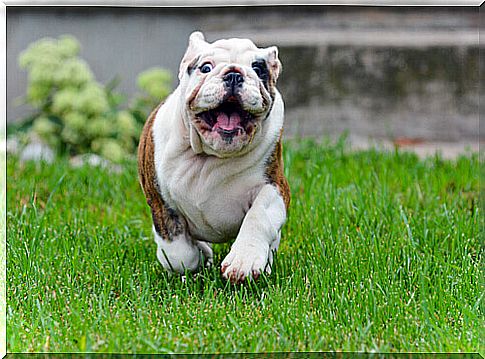
As with so much else in life, the influence of cinema can be decisive. The film “Black Swan”, by filmmaker Darren Aronofsky, sparked interest in ballet in the media.
In the world of animal lovers, the influence of this film has led many owners to create a choreography where they dance along with their dogs to the sound of a song.
motivating the animal
The steps that dogs use the most in Dogdancing are generally walking backwards, doing a zigzag between the owner’s legs, doing jumps and turns and even performing stunts in the air.
It is not necessary to choose a special breed to practice this sport, as the most important thing is the dog’s motivation. Although the elaboration of a quality choreography requires a lot of training time, with just one afternoon of rehearsals it is already possible to observe the first advances.
